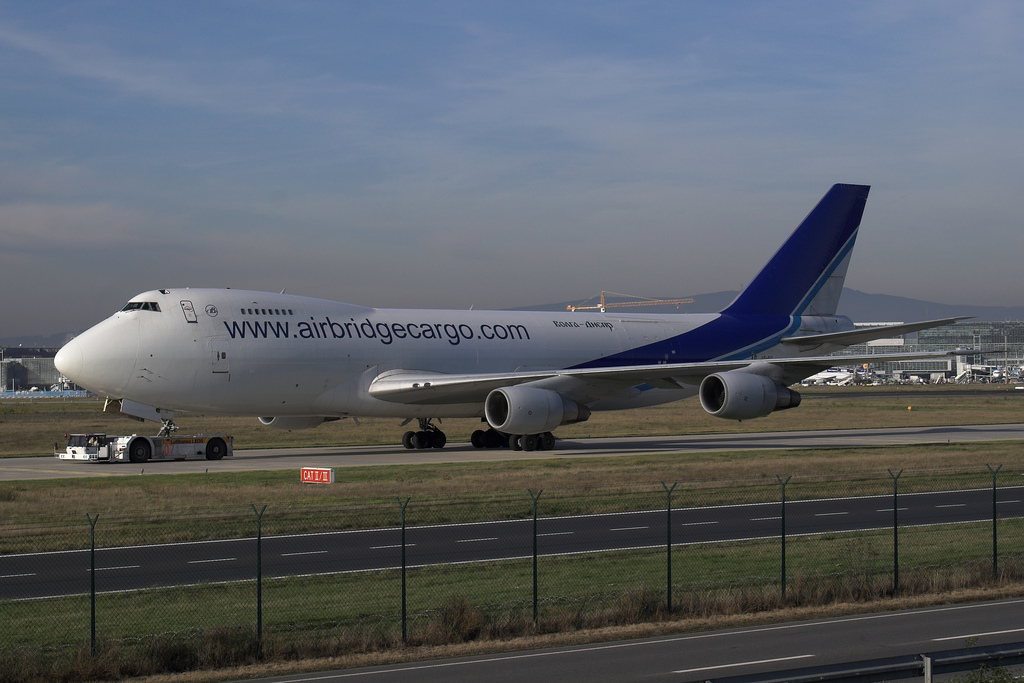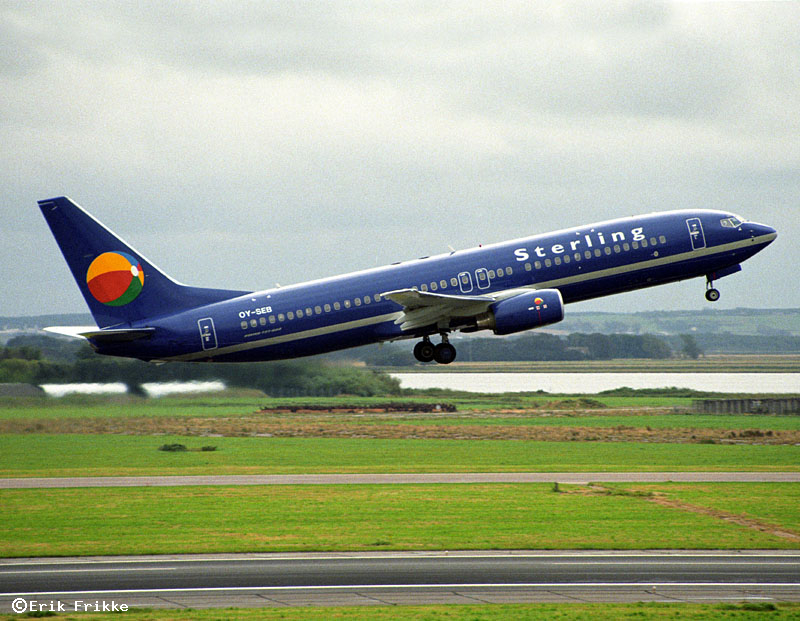
To facilitate ATC scheduling, please also book your ATC position at the ATC Scheduling System (ATCSS).ġ. The final roster will be announced prior to the event. The whole event will be on 14 August 2021, from 1200z to 1600z.Įast Asia Region: Please visit and proceed to "About The East Asia Region" > "Division Calendar" to book. Fly southwest bound after departing from Cebu and prepare for the warm welcomes by our Indonesian friends. Other temporary fuel depots are established as necessary, sometimes over numerous summer seasons.Before this summer ends, travel to the popular tourism spot of Bali and enjoy the beaches with lovely sunshine. BAS operates two field stations which are permanently staffed during the summer at Fossil Bluff on Alexander Island, and further south at the Sky Blu ice runway. These flights would be impossible without fuel depots and supply stops. BAS polar air operationsĭuring any Antarctic field season BAS aircraft fly many thousands of kilometres, often deep into the continent or high onto the Polar Plateau. BAS also uses the Falkland Islands as a port for its two ships. While the UK has flights to Antarctica from the Falkland Islands and Chile, other countries embark from New Zealand (including the United States), Chile and Argentina. Sometimes weather at Rothera deteriorates mid-flight and the pilots have to return to the Falklands to wait for an improvement. The weather determines if a flight will take place and each morning before take-off, pilots check the weather forecast for the entire route. One of the primary roles of the Dash-7 aircraft is to provide an ‘air-bridge’ between Rothera and the small airport at Stanley in the Falkland Islands. Many BAS staff arrive in the Antarctic by air. In addition to its role ferrying people and supplies between Rothera and the Falkland Islands or Punta Arenas, the Dash-7 also lands on the blue-ice runway at Sky-Blu Field Station – a staging post for deeper forays into the continent. The Twin Otter aircraft are equipped with skis for landing on snow and ice in remote areas. During the Antarctic summer one of the Twin Otters is based at Halley Research Station to support projects in the eastern sector of BAS operations, covering an area up to 800km from the station. From here planes fly either directly to the field or via fuel depots to their final destination. The Rothera air facility has a control tower and radar beacons. Poor conditions can often ground aircraft for several days.


The aircraft carry fuel reserves and emergency supplies because Antarctic flying is extremely weather dependent. BAS pilots receive specialist training and always fly with a co-pilot.

Safety is at the heart of all Antarctic air operations. Air operations control tower at Rothera Research Station Flying in the Polar Regions These aircraft are often fitted with specialist instruments designed to capture geophysical and meterological data. Twin Otter aircraft transport scientists to deep field study sites. The Dash-7 undertakes regular shuttle-flights from Rothera to and from the Falkland Islands and Punta Arenas, Chile. Between them they undertake a wide variety of transport and science missions. Four De Havilland Canada Twin Otters and one De Havilland Canada Dash-7, are each equipped with modifications to allow them to carry out airborne science surveys. Rothera is home to a fleet of five aircraft, specially adapted for flying in extreme Antarctic climate. With its 900m gravel runway Rothera Research Station is the hub that supports BAS airborne capability.


 0 kommentar(er)
0 kommentar(er)
